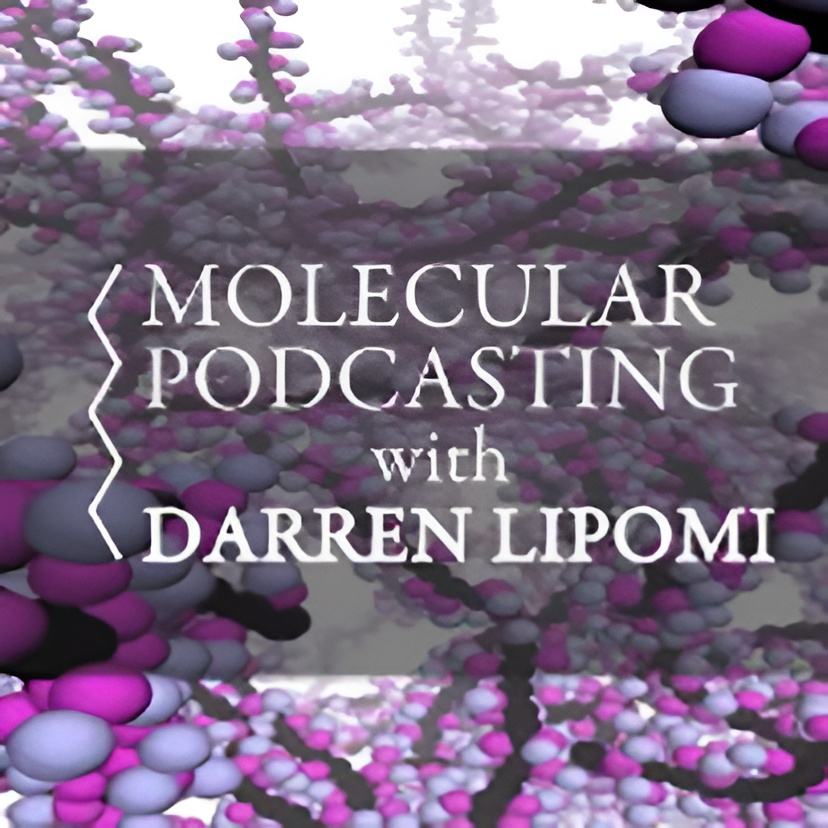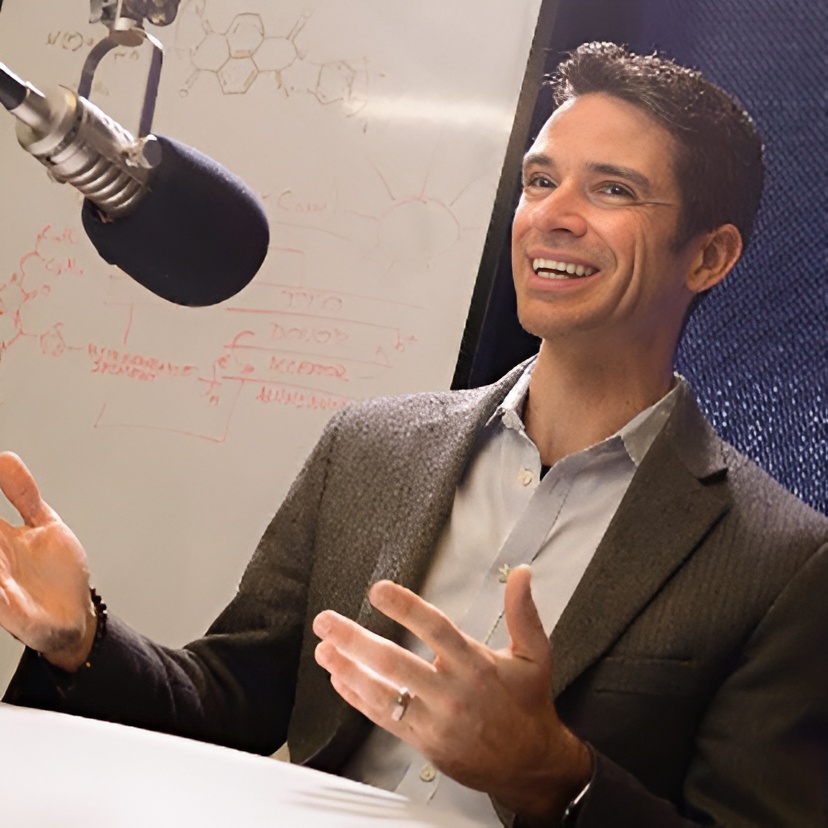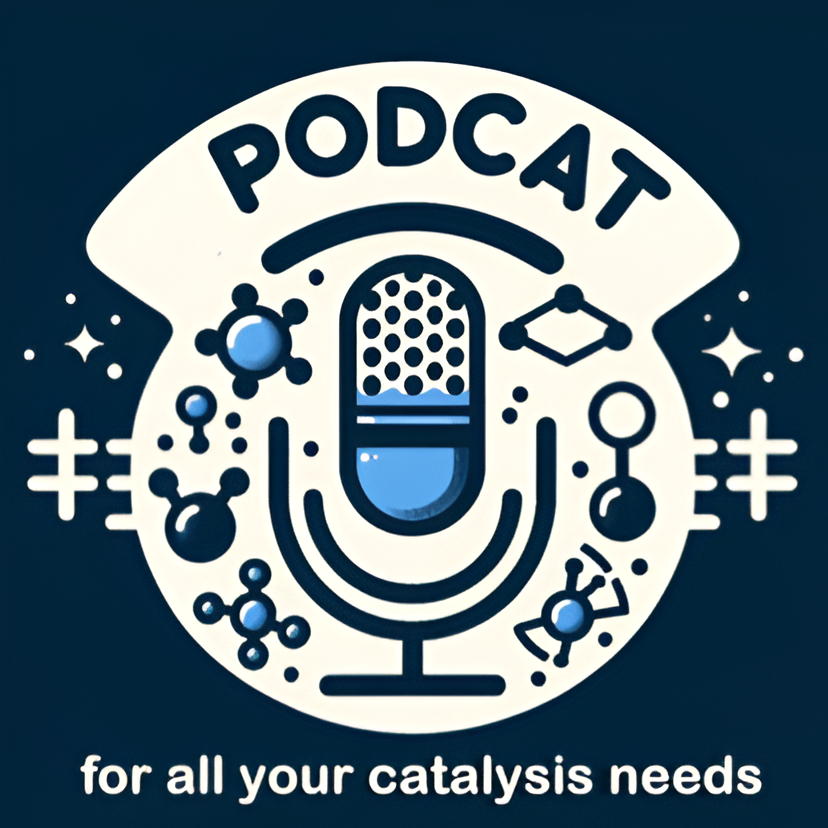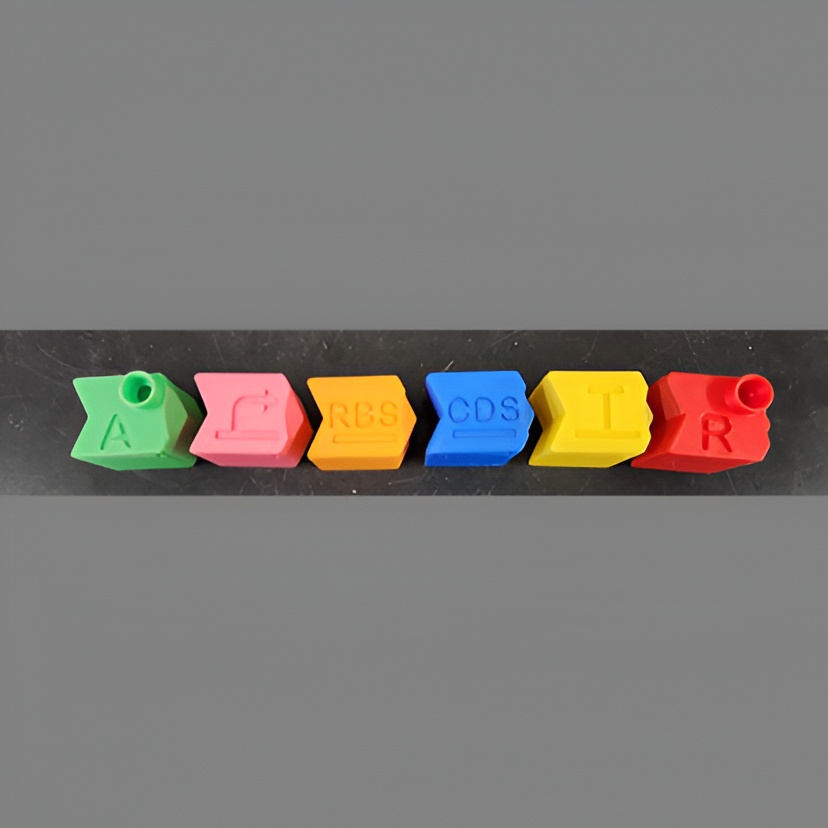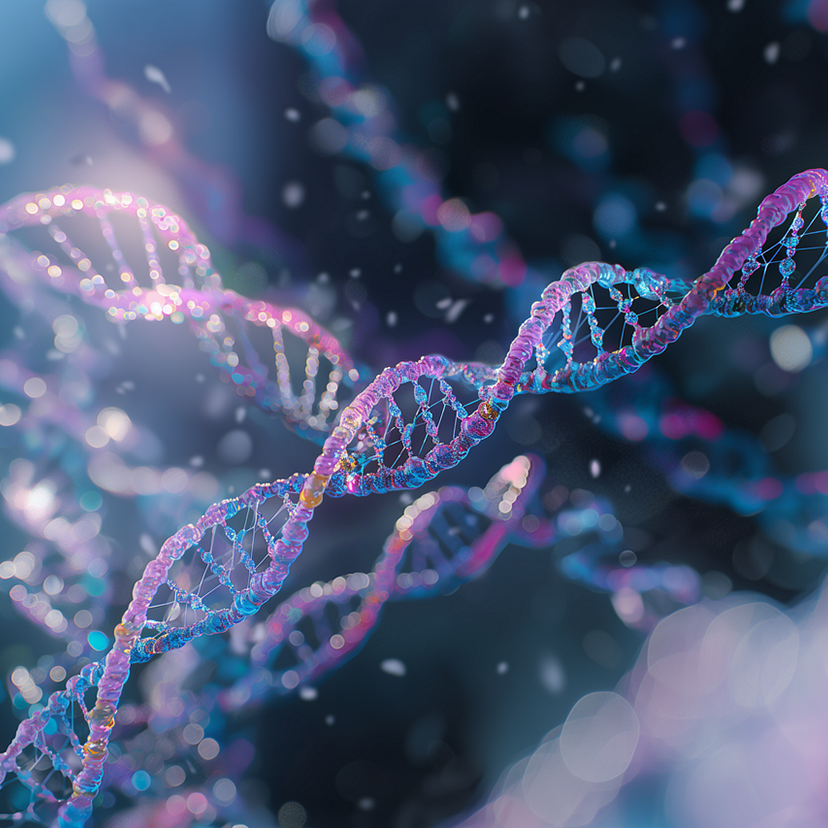Molecular Podcasting with Darren Lipomi
“Molecular Podcasting” is Professor Darren Lipomi’s long-running series about life and work in STEM, aimed at students, postdocs, and faculty who want frank, practical advice. Episodes dig into the hidden curriculum of academia: scientific writing, presenting, mentoring, mental health, impostor feelings, networking for introverts, peer review, promotion and tenure, and how to build humane lab culture.
The podcast is distributed on Apple and Spotify, and framed by Lipomi’s experience as a research-active professor and department chair, which gives the show a grounded, insider perspective.


